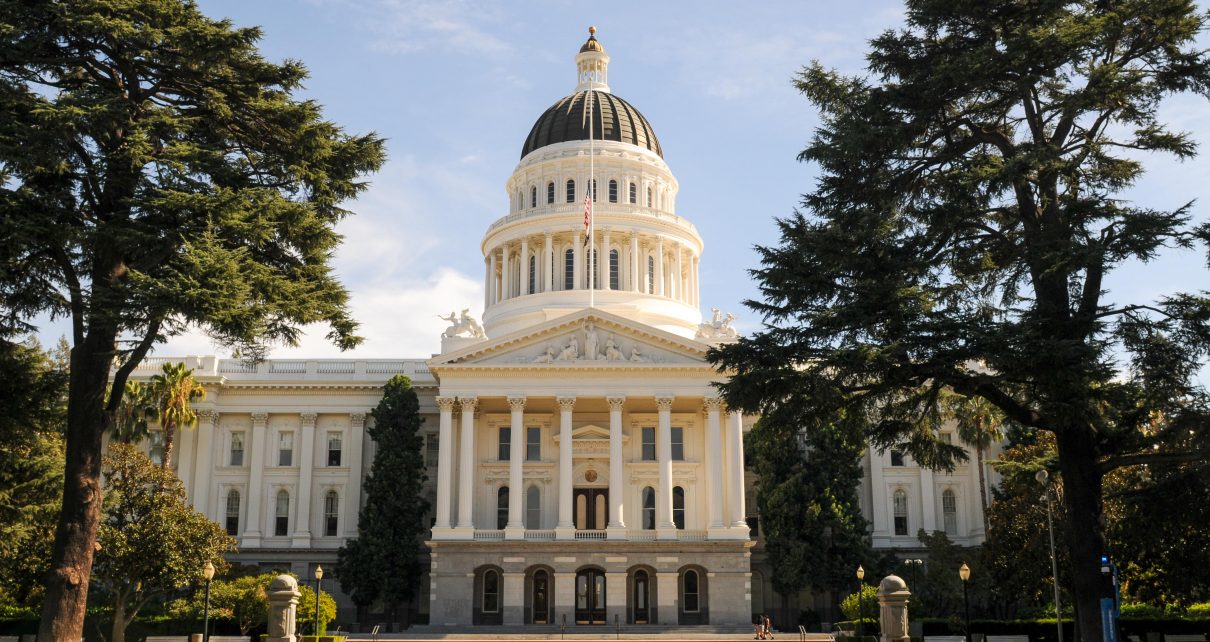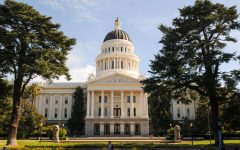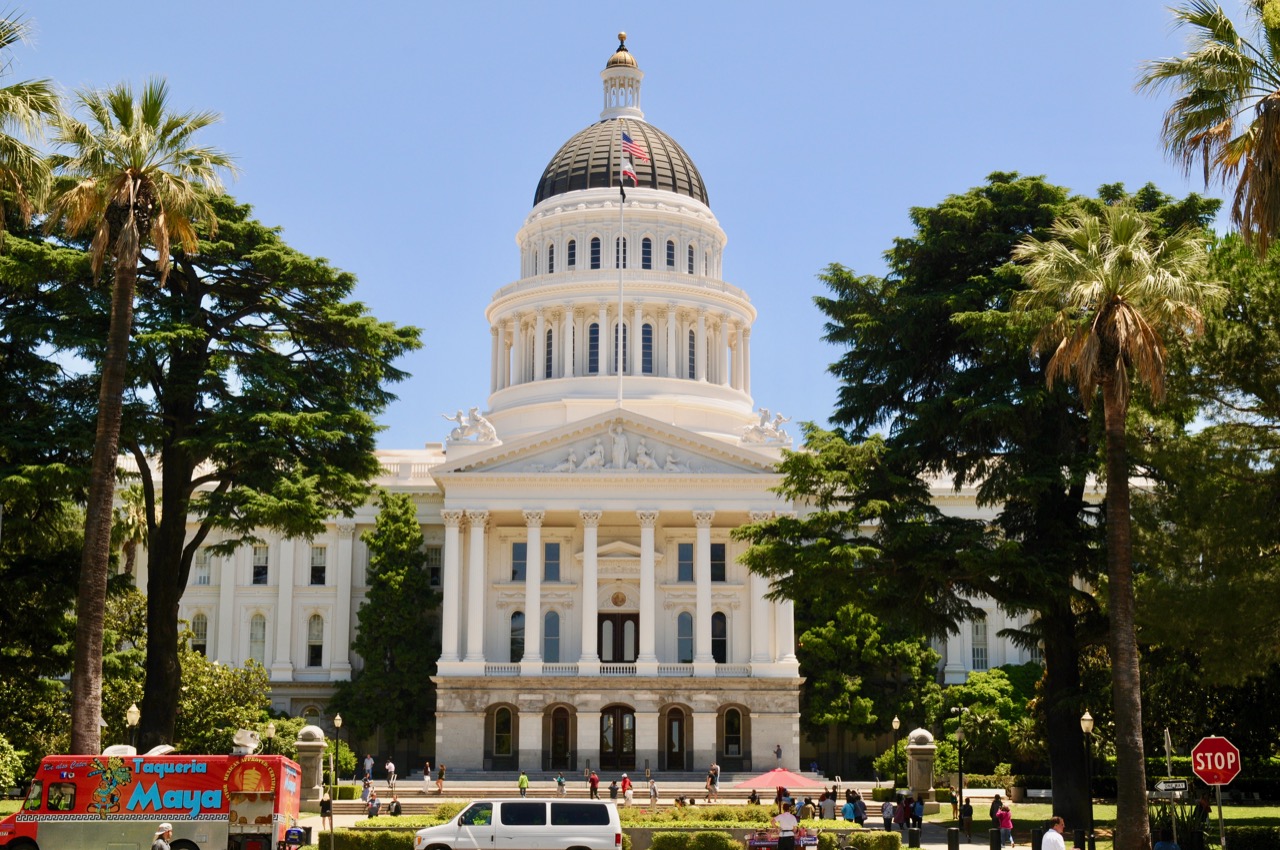
California State Capitol. (Photo: Kevin Sanders for California Globe)
Claims and Disputes in Public Contracting
Any amounts not paid in a timely manner as required by this section bear interest at 7% per annum
By Chris Micheli, November 30, 2024 9:38 am
California’s Public Contract Code, in Division 2, Part 1, Chapter 9 addresses claims and disputes. Section 9201 states that a public entity has full authority to compromise or otherwise settle any claim relating to a contract at any time.
In addition, the public entity is required to include provisions in a public works contract for timely notification of the contractor of the receipt of any third-party claims relating to the contract. And, the public entity can recover its reasonable costs incurred in providing the notification required.
Section 9203 specifies that payment on any contract with a local agency for the creation, construction, alteration, repair, or improvement of any public structure, building, road, or other improvement, of any kind which will exceed in cost $5,000 must be made as the legislative body prescribes upon estimates approved by the legislative body. Progress payments cannot exceed 95% of the percentage of actual work completed. plus, a like percentage of the value of material delivered on the ground or stored by the local agency and unused.
In addition, the local agency is required to withhold not less than 5% of the contract price until final completion and acceptance of the project. However, at any time after 50% of the work has been completed, if the legislative body finds that satisfactory progress is being made, it may make any of the remaining progress payments in full for actual work completed.
Section 9204 contains legislative findings and declarations that it is in the best interests of the state and its citizens to ensure that all construction business performed on a public works project in the state that is complete and not in dispute is paid in full and in a timely manner. The following terms are defined: “claim,” “contractor,” “public entity (both what is included and what is excluded),” “public works project,” and “subcontractor.”
A claimant is required to furnish reasonable documentation to support any claim made. If the public entity needs approval from its governing body to provide the claimant a written statement identifying the disputed portion and the undisputed portion of the claim, and the governing body does not meet within the 45 days or within the mutually agreed to extension of time following receipt of a claim sent by registered mail or certified mail, then the public entity has up to three days following the next duly publicly noticed meeting to provide the claimant a written statement identifying the disputed portion and the undisputed portion.
In addition, any payment due on an undisputed portion of the claim is required to be processed and made within 60 days after the public entity issues its written statement. If the public entity fails to issue a written statement, then specified rules apply. If the claimant disputes the public entity’s written response, or if the public entity fails to respond to a claim issued within the time prescribed, the claimant may demand in writing an informal conference to meet and confer for settlement of the issues in dispute.
Upon receipt of a demand in writing sent by registered mail or certified mail, the public entity is required to schedule a meet and confer conference within 30 days for settlement of the dispute. Within 10 business days following the conclusion of the meet and confer conference, if the claim or any portion of the claim remains in dispute, the public entity must provide the claimant a written statement identifying the portion of the claim that remains in dispute and the portion that is undisputed.
Thereafter, any disputed portion of the claim, as identified by the contractor in writing, must be submitted to nonbinding mediation, with the public entity and the claimant sharing the associated costs equally. The public entity and claimant must mutually agree to a mediator within 10 business days after the disputed portion of the claim has been identified in writing.
This section does not preclude a public entity from requiring arbitration of disputes under private arbitration or the Public Works Contract Arbitration Program, if mediation under this section does not resolve the parties’ dispute. Failure by the public entity to respond to a claim from a contractor within the time periods described in this subdivision or to otherwise meet the time requirements of this section results in the claim being deemed rejected in its entirety.
In addition, any amounts not paid in a timely manner as required by this section bear interest at 7% per annum. There are also specified rules for subcontractors and lower tier subcontractors who might lack legal standing to asset a claim against a public entity.
Any waiver of the rights granted by this section is void and contrary to public policy, but the parties may agree in writing to waive mediation and proceed to civil action or binding arbitration. This section applies to contracts entered into on or after January 1, 2017. Note that this section remains in effect only until January 1, 2027.
- Health Insurance Assignment - January 7, 2026
- Court-ordered Child Support - January 6, 2026
- Third-party Claims - January 6, 2026




